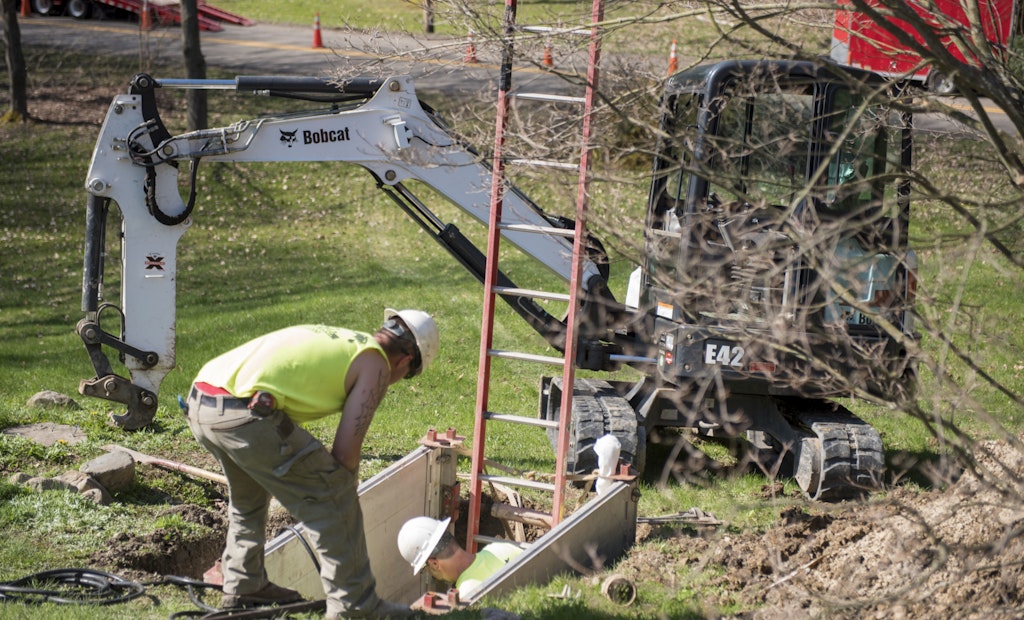If you rely on excavators for some of the work that your company takes on, you know that they have been, and continue to be, one of the most important and sought-after machines in the construction industry.
Obvious as it may be, not all excavators are the same. Likewise, not all...






